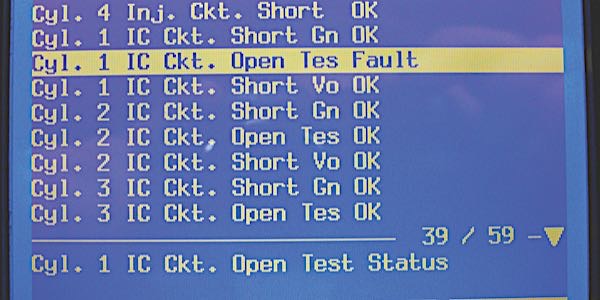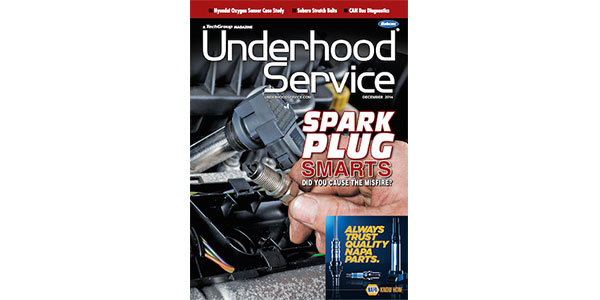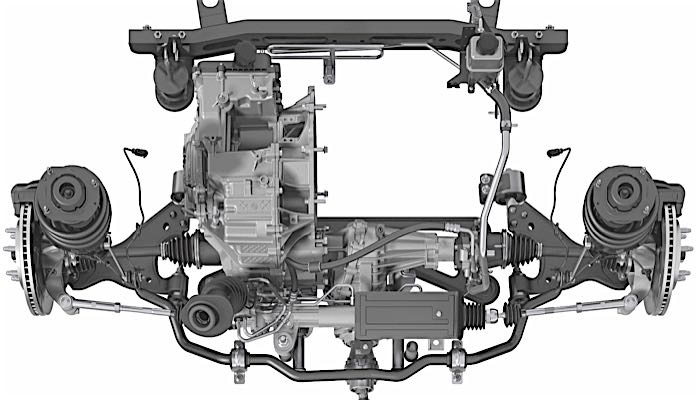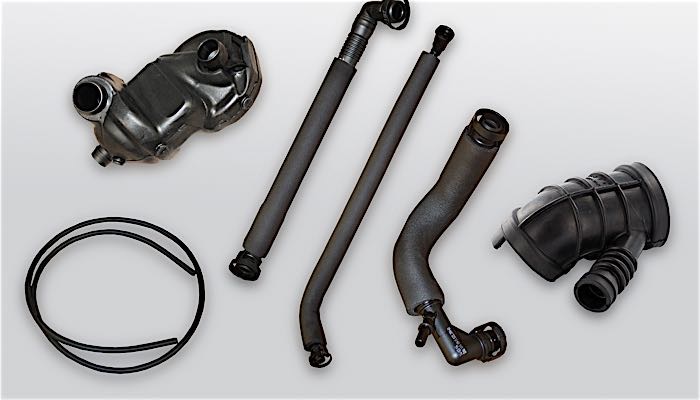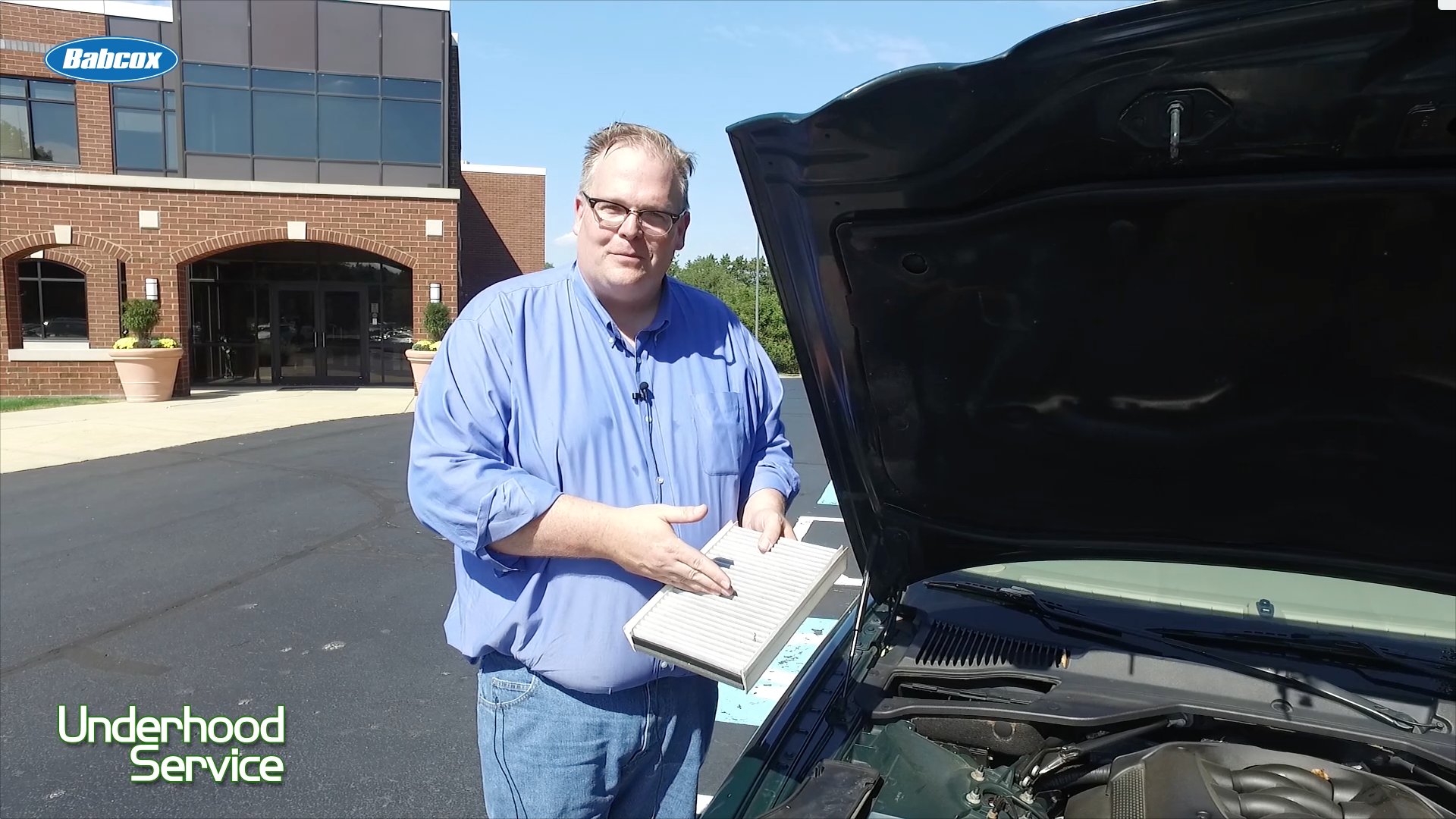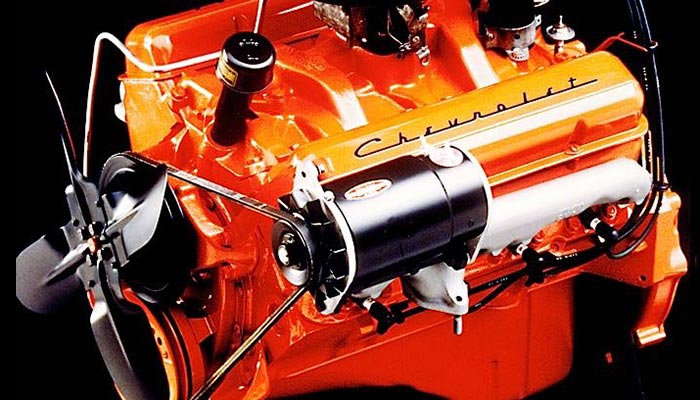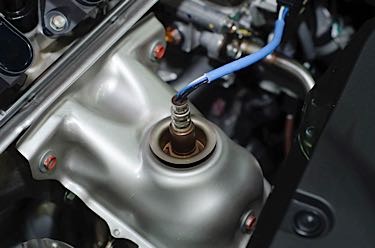Snap-on introduces the Blue-Point MICROSCAN III Scanner (EESC720), a pocket-size powerhouse that reads and clears OBD-II codes, displays live data and resets the Malfunction Indicator Lamp (MIL) in less than 30 seconds. The scanner is always ready to go and automatically powers up when connected to a vehicle.
“Our new MICROSCAN III offers so much more than other OBD-II code readers. It is a quick read and clear tool for any technician or for use at the service desk to assess incoming vehicles and manage the shop’s workflow,” said Mark Schaefer, director of marketing, Snap-on Diagnostics. “It’s perfect for road tests with pocket-size portability and easy touchscreen operation for all functions. Exclusive Troubleshooter code tips give technicians expert insight for a confident diagnosis.”
MICROSCAN III covers all ten modes of OBD-II, so technicians can quickly verify engine repairs, check readiness monitors for emissions testing and perform other powerful OBD-II tests. It also covers enhanced engine codes for diagnostic depth on most GM, Ford and Chrysler vehicles, as well as reads and clears ABS codes on select GM, Ford and Chrysler vehicles. With the optional adapters, MICROSCAN III can also read OBD-I codes for pre-1996 vehicle applications on GM, Ford, Chrysler and Toyota.
The large four-inch touchscreen display is twice the size of many other OBD-II tools, giving technicians a clear and detailed view of three live data graphs at once to see cause and effect of vehicle faults. Technicians can also save movies and diagnostic results with one touch to keep for their records or share with customers.
To learn more about the MICROSCAN III Scanner, talk to a Snap-on representative or visithttp://diagnostics.snapon.com.


